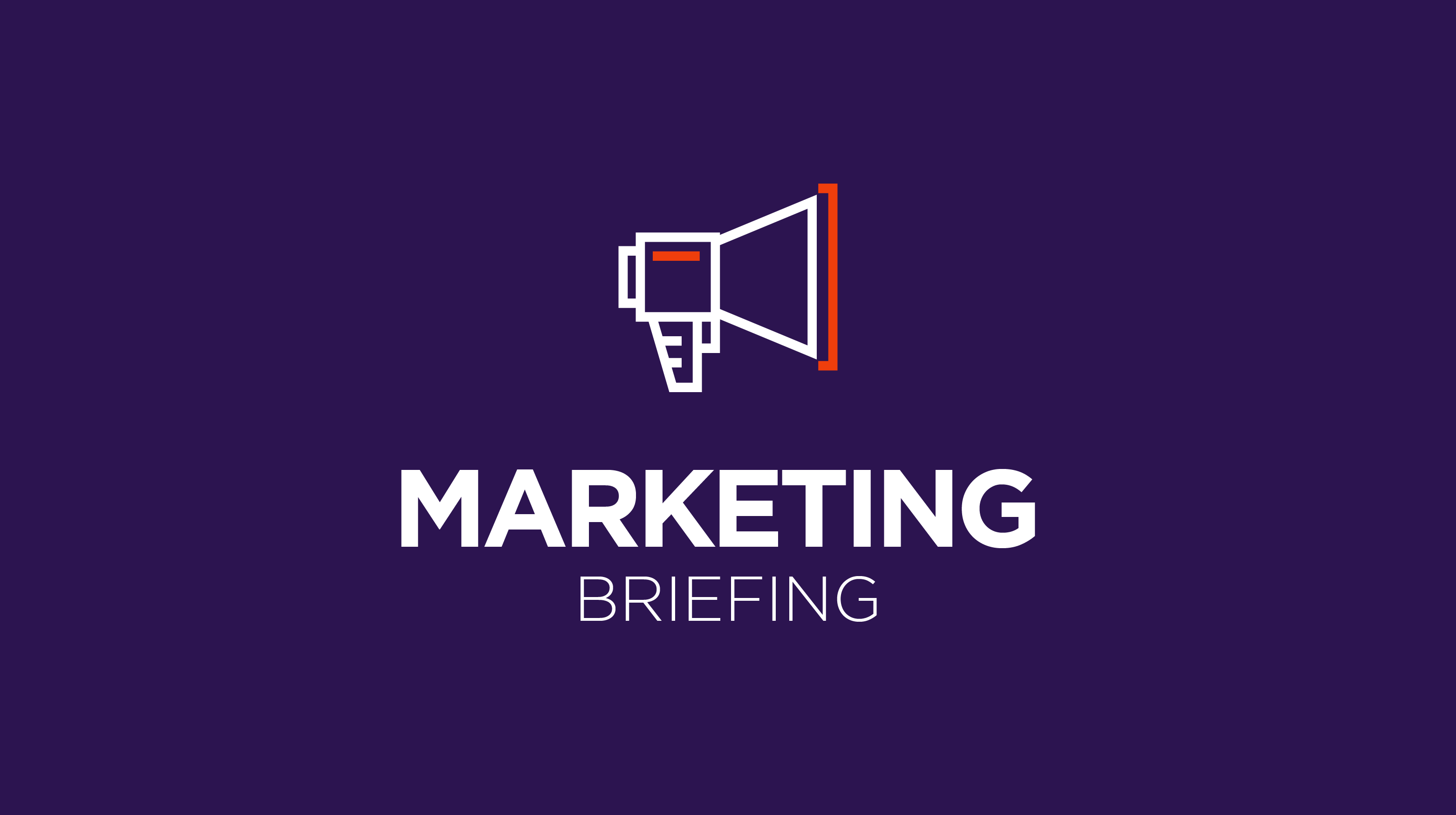Member Exclusive, Modern Marketing
Marketing Briefing: A bank rebrands into a fintech
- In this week's briefing, we've got Customers Bank's rebrand into fintech-y realms.
- In other news, here's what Dave's new CMO has to say about the newly public challenger bank's marketing plans.








